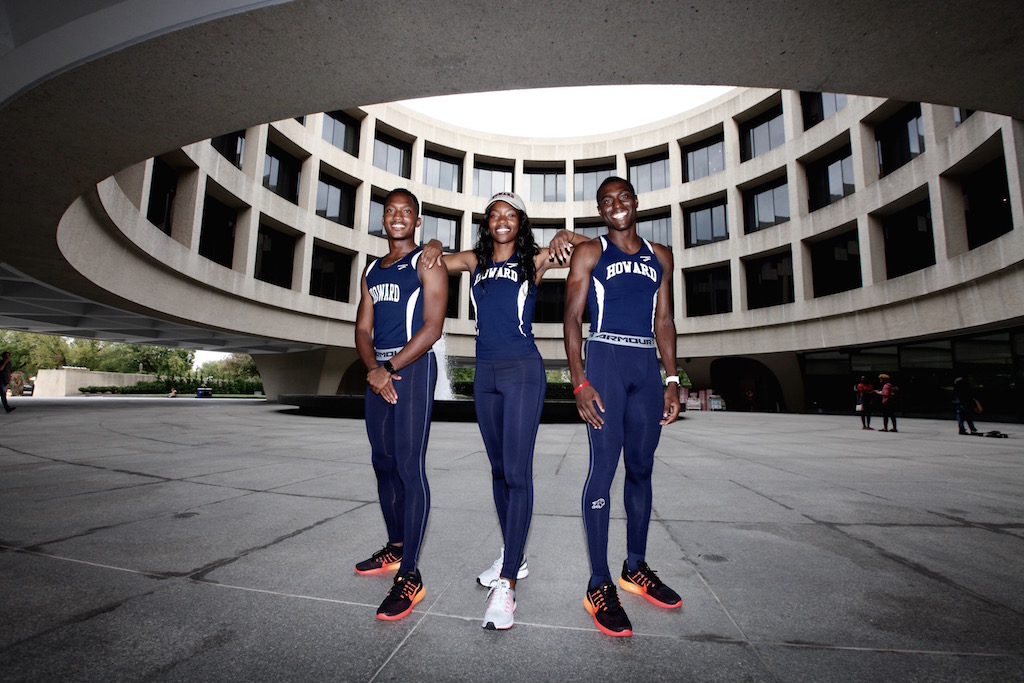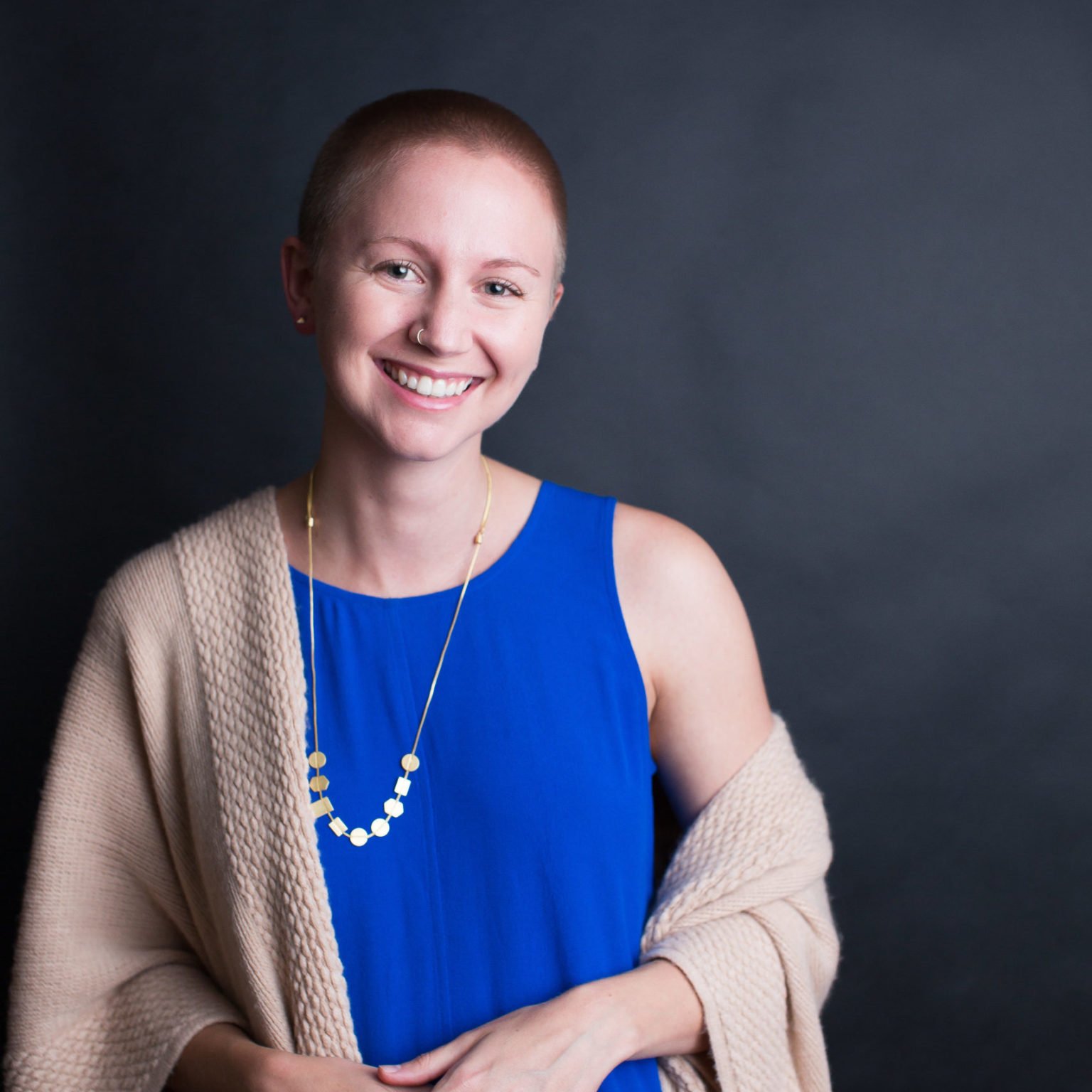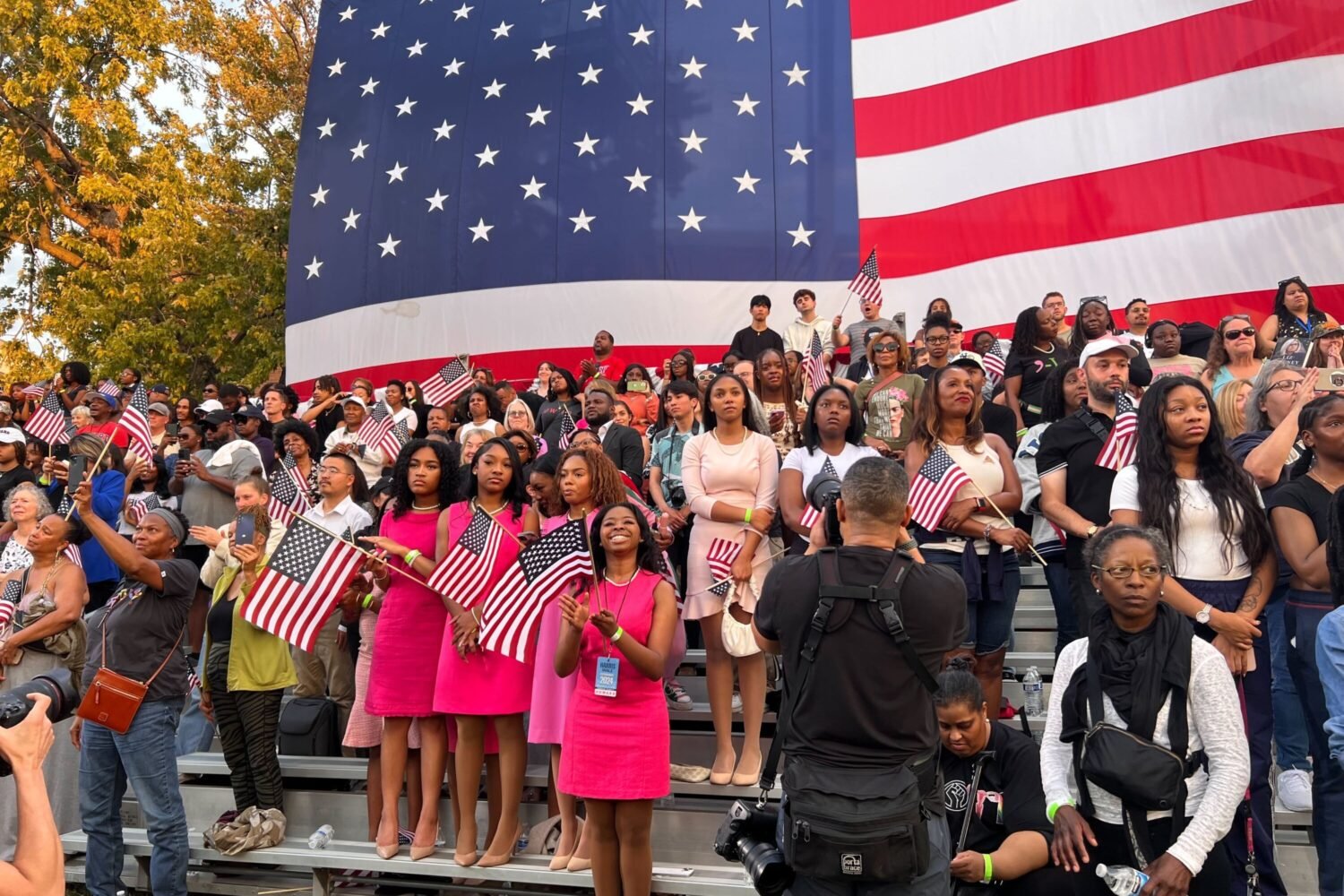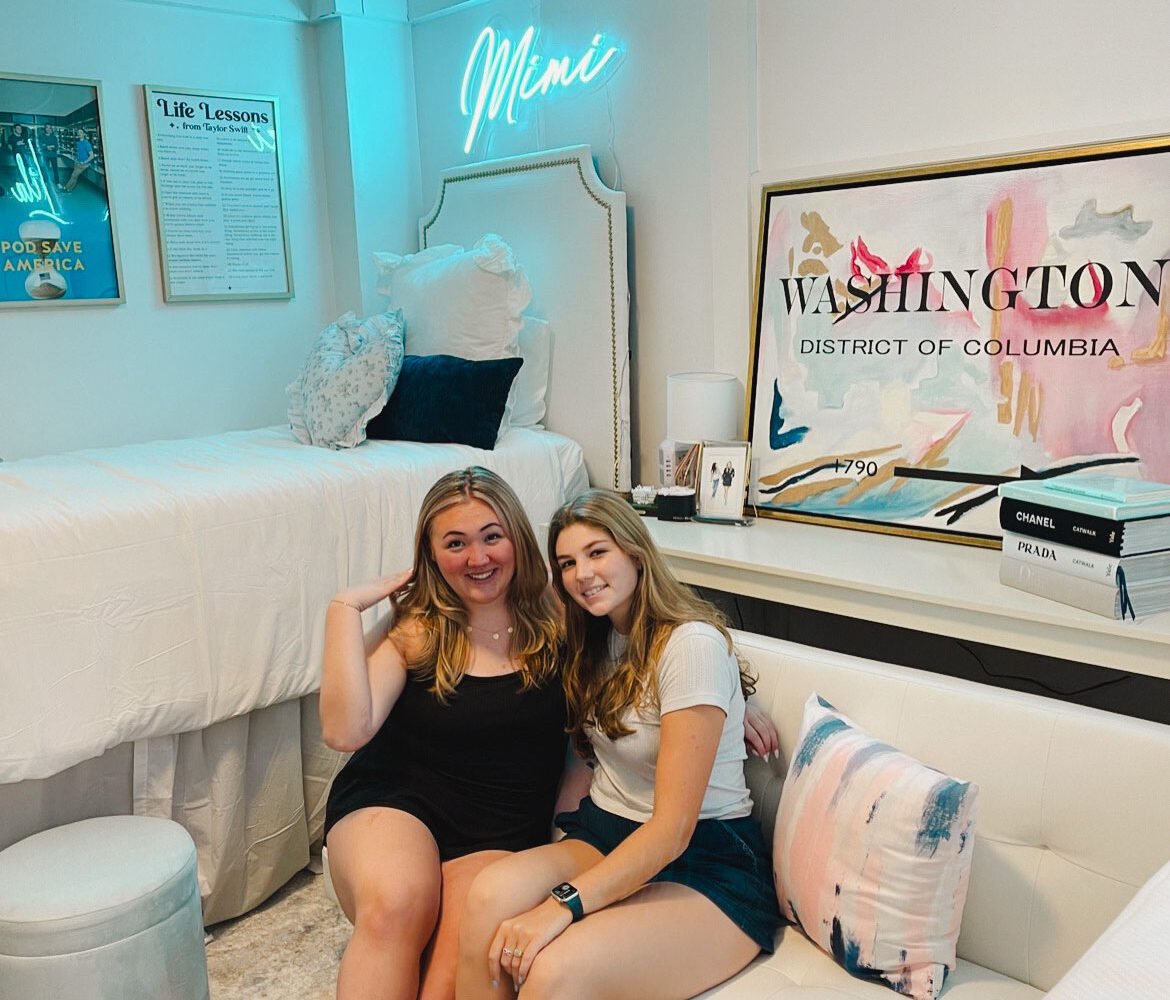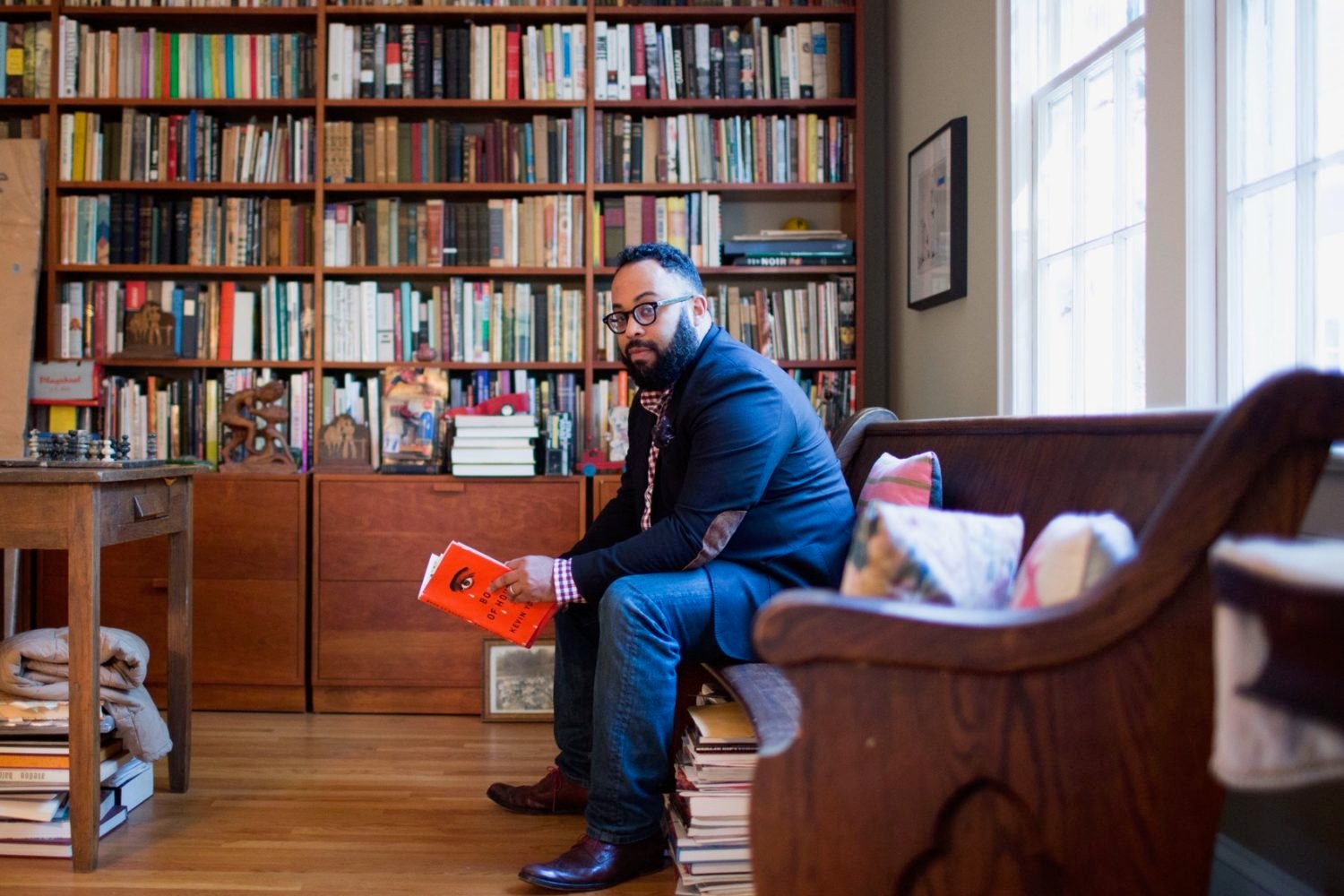When Basil Niccolls was a freshman at Howard University in 2013, the Smithsonian’s National Museum of African American History and Culture was a very large hole in the ground. Although the museum was authorized in 2003, construction didn’t begin until 2012. By the time Niccolls saw it, construction workers were building the museum’s four underground floors, each one representing a different era in African American history.
Now that the museum is ready to open, Niccolls and two of his track team members, who are all graduating from Howard in the spring, are participating in the museum’s opening in a way they never thought they would: as central figures in a performance art piece at the Hirshhorn meant to celebrate the African American museum.
The piece, called “The Runners,” is the first in a series of performances by Chicago-based artist Theaster Gates, who recently joined the board of the Hirshhorn to infuse more diversity into the museum’s programming. During the summer, Gates asked the Howard track coach to pick three students to take part in the performance as a way to involve the local community and pay tribute to DC’s historically black college. The performance, which took place on Wednesday, was followed by a public discussion between Gates and David Adjaye, the architect of the National Museum of African American History and Culture.
“It’s beautiful to be a part of history,” says the Howard track coach, Marc Harrison, referring to the opening of the African American museum.
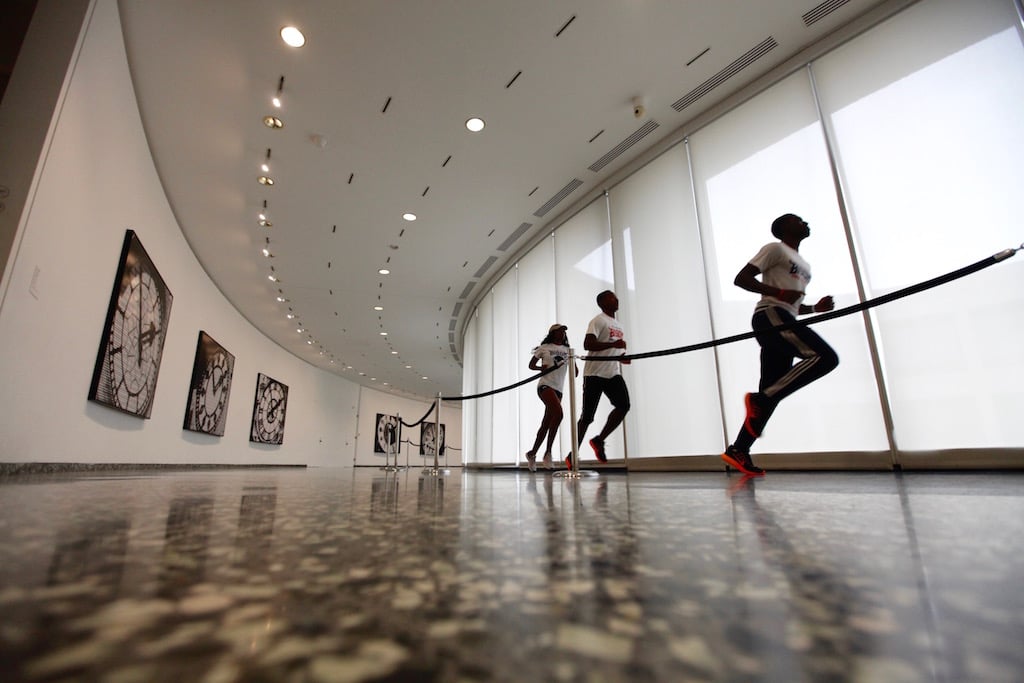
Niccolls, Hanah Billups, and Kahe Edward Kaye, all 21, were ecstatic about the opportunity. They’d all been watching the African American museum slowly build up, “so to find out that we were going to be part of the opening ceremony was definitely humbling,” Niccolls says.
At the performance, the three of them ran laps around one of the the cylindrical floors of the Hirshhorn while the Black Monks of Mississippi, an order of four musicians who sing the blues as if it’s a sacred practice, wandered around the galleries with Gates, weaving through a crowd of more than 100 people. They sang discordant spiritual hymns and played percussion instruments, sometimes walking alongside the runners. The stomping of running feet added to the auditory experience.
When I asked Gates about why he wanted to include runners in the performance, he said he thought of running as a metaphor for the black struggle in America. “Whether it’s black joy or black trauma, those things tend to be cyclical,” he says. “It seems like we’re running through them over and over again: we have one tremendous joy, one victory, and then a series of hurdles. We think lynching is over and the power struggles between the police state and black people is over, and then you find yourself looking at even more heinous versions.”
That idea resonated with Billups, who came to Howard from a small town outside of Atlanta. “Something my parents always tell me is that you’re gonna have to work twice as hard as anyone else to make it somewhere,” she says. “So you can’t just walk there—you’re literally having to run.”
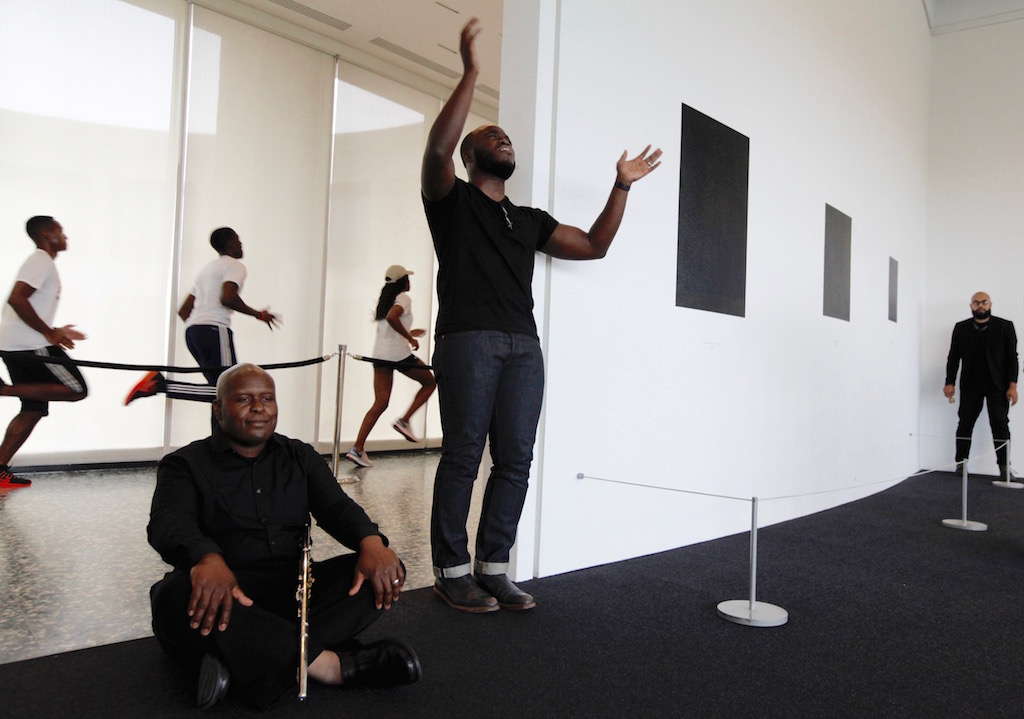
And as Niccolls says, the African American community has never stopped running. “A lot of people may think that we stopped after the Civil Rights Movement in the 1960s, or we stopped after President Obama was elected, but we’re still going because there’s still progression that needs to occur for us to reach where we need to be as a society.”
As the 30-minute performance went on, sweat started to collect on the runners’ faces. They slowly increased their pace until it looked like they were sprinting. They never looked at the crowd surrounding them. Their coach looked on, “like a proud poppa,” he says.

